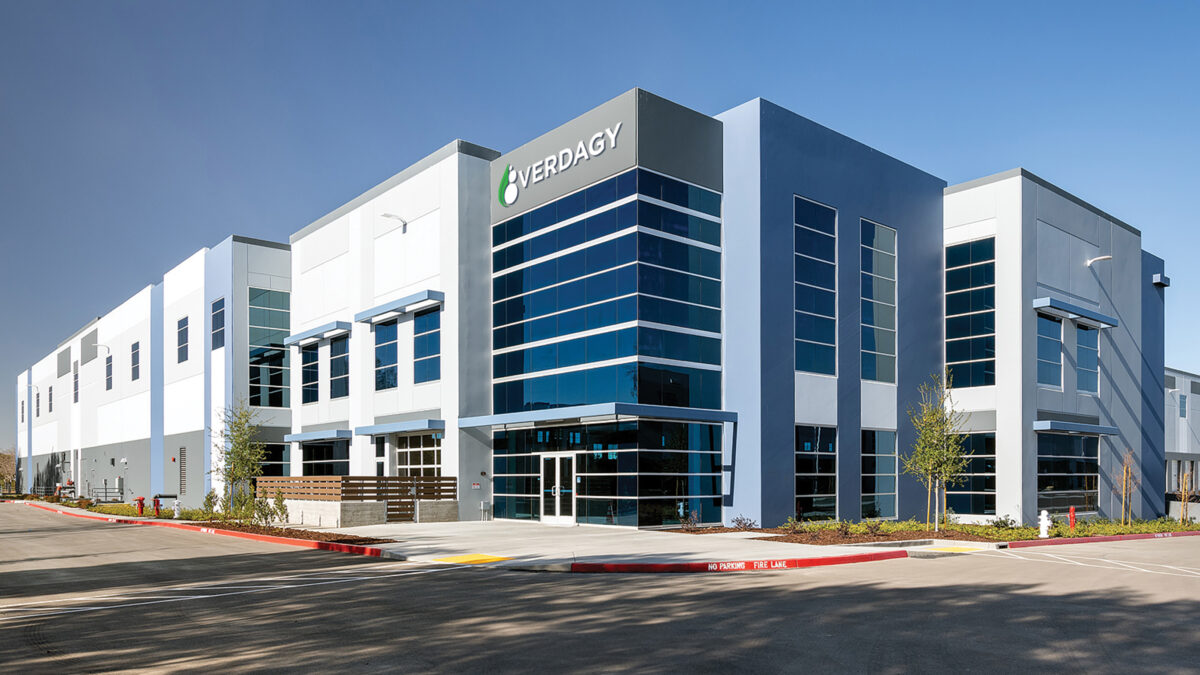 (Courtesy: Verdagy)
(Courtesy: Verdagy)Verdagy, a provider of water electrolysis electrolyzer technologies for large-scale industrial applications, announced its new facility opening in Newark, California, with more than 100,000 sq. ft. of advanced manufacturing space.
Verdagy’s Silicon Valley factory will be one of the first to manufacture advanced water electrolyzers in large volumes in the United States. The commencement of operations at Verdagy’s facility will start in Q1 2024. Verdagy says it expects to double the total number of its employees by next summer to support its expansion and the operation of this new facility.
Verdagy’s customers are in heavy industries such as chemicals, ammonia/fertilizer, steel, and e-fuels which all require large amounts of green hydrogen. The decision to expand Verdagy’s manufacturing capabilities in California comes at a time when the state is prioritizing the development of its hydrogen economy and becoming a federally funded hydrogen hub, as outlined in Governor Gavin Newsom’s Hydrogen Market Development Strategy.
Since the introduction of the Inflation Reduction Act, there has been a lack of clarity around how green hydrogen, a critical resource for reaching long-term climate goals, will qualify for the IRA’s tax incentives.
A critical issue to be determined is the phase-in of the so-called “3 Pillars” for green hydrogen production: new clean electricity capacity, feasible deliverability of that power, and hourly matching for emissions.
Even without the rules, the law launched a market for green hydrogen that was largely non-existent in the U.S. But advocates warn it could disappear just as quickly, depending on the Treasury Department’s next move.
Plug Power CEO Andy Marsh recently appeared on the Factor This! podcast to discuss this issue, where he said the U.S. could become a green hydrogen superpower, or it could squander the opportunity of a lifetime.
“Personally, I take this as a frontal attack on hydrogen in general by folks who just say ‘electrify everything’ who really don’t understand the carbon footprint of the world,” he said.
Marsh’s appearance on Factor This! followed that of Jesse Jenkins, an assistant professor and ZERO Lab lead at Princeton University who called out a leading clean energy trade group for a piece of its green hydrogen agenda.
The American Clean Power Association trade group has recommended an exemption to hourly matching for all projects that start construction before 2029, a move Princeton University’s ZERO Lab forecasted could lead to the unintended consequence of around $200 billion worth of incentives contributing to 700 million metric tons of cumulative CO2 emissions.
Last month, Verdagy closed a $73-million Series B funding round, co-led by Temasek and Shell Ventures. The new funding enables Verdagy to accelerate the launch and commercialization of its eDynamic 20 MW electrolyzer module, which will serve as a fundamental unit to future systems at the 200 MW scale and beyond.
The company’s goal is to design a factory that will serve as the basis for even larger-scale production facilities that will be developed in other locations to support Verdagy’s expansion. The company’s existing Moss Landing, CA location will remain focused on research and development, and commercial pilot-plant operations to support Verdagy’s customer needs in the future and continue to deliver technology that produces green hydrogen.